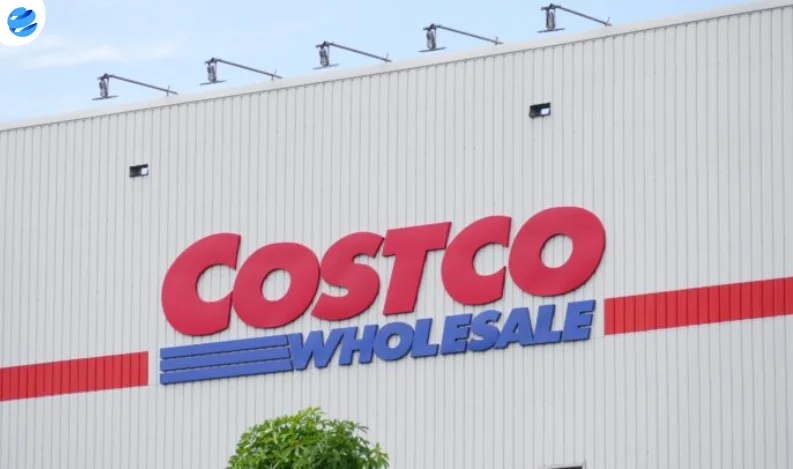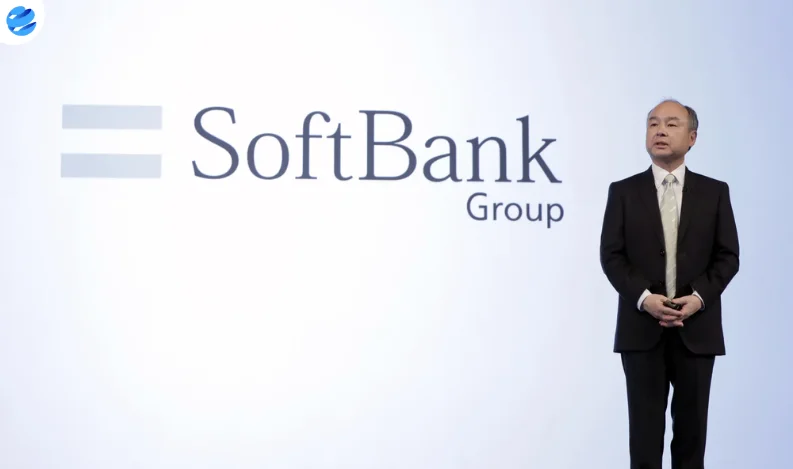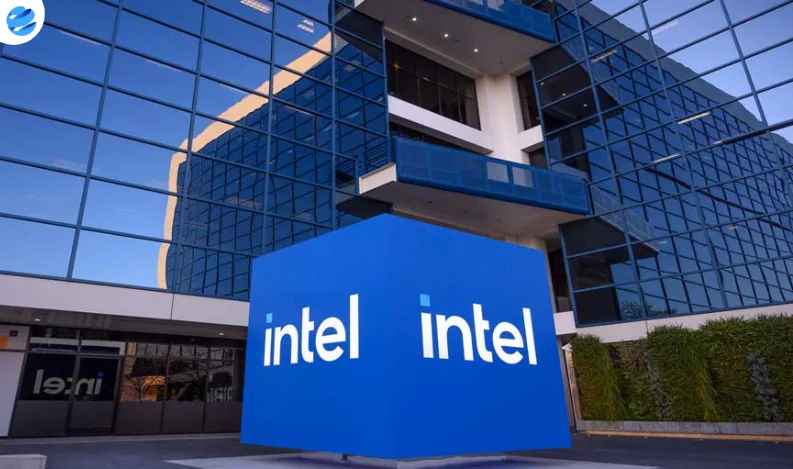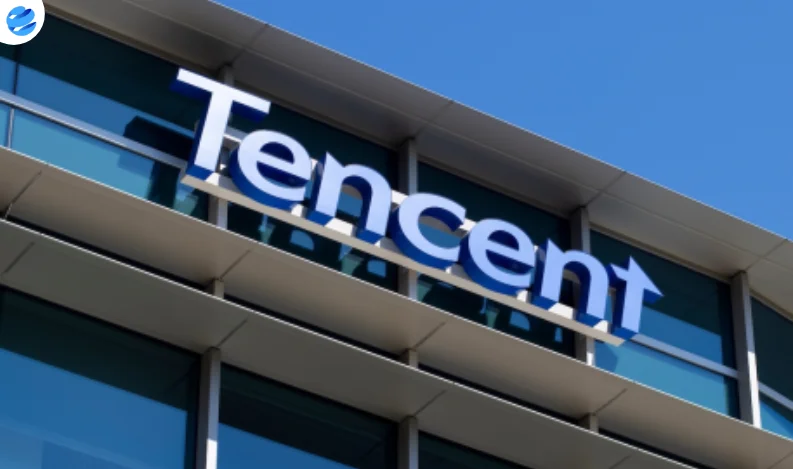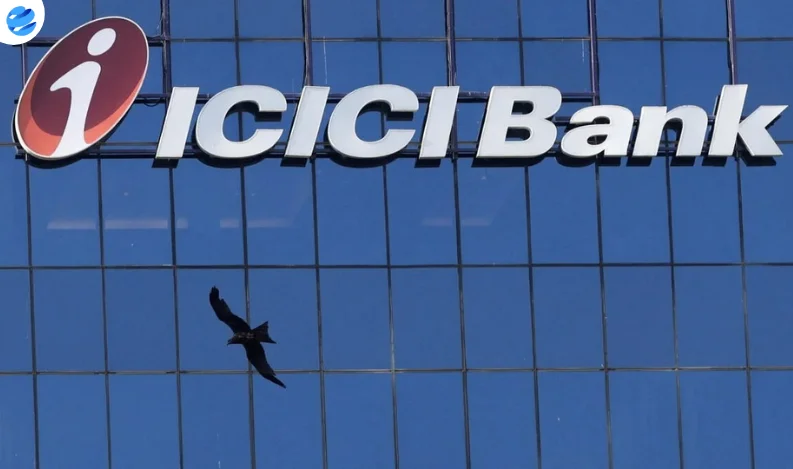Costco Wholesale posted stronger-than-expected earnings and revenue for its fiscal third quarter, driven by an 8% jump in sales and a nearly 16% rise in e-commerce. However, despite the solid numbers, the retailer’s shares edged lower in Thursday’s trading session.
For the quarter ending May 11, Costco reported net income of $1.90 billion, or $4.28 per share, beating Wall Street’s expectations of $4.24. Revenue came in at $63.21 billion, just ahead of the forecasted $63.19 billion. A year ago, the company earned $3.78 per share on $58.52 billion in revenue.
Comparable sales, a key industry metric, rose 8% year-over-year, while online sales showed notable strength, climbing nearly 16% excluding gas and currency impacts.
Despite its outperformance, shares dipped slightly Thursday, with some investors cautious about the company’s exposure to rising tariffs. Still, analysts say Costco may be better positioned than many of its retail peers to navigate the volatility.
“Costco’s scale and limited product assortment allow it to negotiate better deals and maintain competitive pricing even amid economic uncertainty,” said CFO Gary Millerchip during the earnings call.
CEO Ron Vachris highlighted the company’s proactive strategy in response to trade tensions. Costco accelerated shipments ahead of tariff deadlines and rerouted inventory away from high-tariff regions. The company has also leaned more heavily into local sourcing for its Kirkland Signature brand and worked to keep prices low on staple goods such as eggs, butter, and olive oil.
“Even with tariffs, we’re doing everything we can to hold the line on prices,” Vachris said. “We want our members to feel the value, not the pressure.”
Around one-third of Costco’s U.S. merchandise is imported, with about 8% of total U.S. sales linked to goods from China, Millerchip noted. While some retailers have passed higher costs onto consumers, Costco has taken a more measured approach, selectively absorbing some of the additional costs and only increasing prices on discretionary items like imported flowers.
Costco’s no-frills model, offering fewer SKUs but in larger volumes, continues to be a strength. The approach enables the retailer to work closely with suppliers, rotate products efficiently, and maintain pricing flexibility during periods of inflation or tariff shifts.
Looking ahead, Costco did not issue forward guidance, in line with its long-standing practice. But its leadership emphasized ongoing efforts to drive value and renew member loyalty, from expanding gas station hours to enhancing private-label offerings.
Despite the slight stock pullback, Costco shares remain up roughly 10% year-to-date, outperforming the S&P 500’s less than 1% gain.



